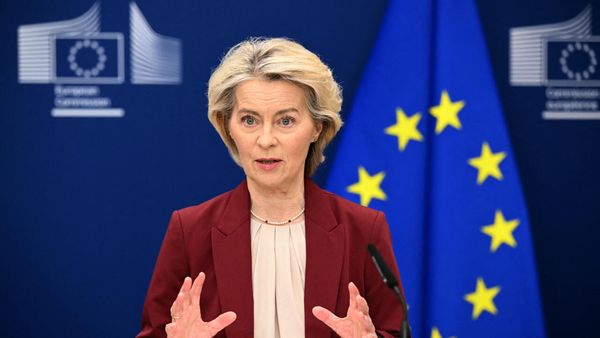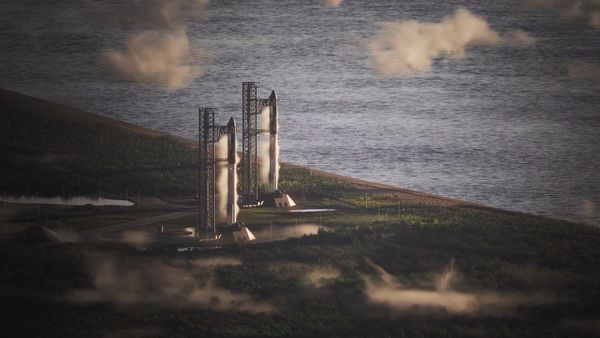
Finland’s Air Force, now part of NATO, is preparing to phase out swastikas which still fly on a handful of unit flags, largely to avoid awkwardness with their Western allies.
The history of the Finnish air force’s use of the swastika, which since the 20th century has largely been associated with Nazi tyranny and hate groups, is more complex than at first appearance.
It’s an ancient symbol and Finland's air force began using it many years before the birth of Nazi Germany. Change has been underway for years. A swastika logo was quietly pulled off the Air Force Command’s unit emblem a few years ago.
But swastikas have remained on some Finnish air force flags, raising eyebrows among NATO allies, tourists and other foreigners who spot them at military events.

“We could have continued with this flag, but sometimes awkward situations can arise with foreign visitors. It may be wise to live with the times,” said Tomi Böhm, the new head of Karelia Air Wing air defence force, speaking to a state-run broadcaster.
Bad look for a new NATO member
The Defence Forces, in an email to The Associated Press on Friday, said a plan to renew the air force unit flags was launched in 2023, the year Finland joined NATO, but said it was not linked to joining the alliance.
The aim, it said, was “to update the symbolism and emblems of the flags to better reflect the current identity of the Air Force.”
It was in reference to an article in the daily Helsingin Sanomat on Friday, which revealed that the reason behind the axing of the controversial emblem was a perception that the swastika has been an “embarrassing symbol in international contexts.”
The Air Force and the Finnish public generally had for years insisted the swastikas used in Finland’s air force “have nothing to do with the Nazi swastika,” said Teivo Teivanen, a professor of world politics at the University of Helsinki, who this month had a book published whose Finnish title translates as “History of the Swastika.”

But now, following Finland’s integration with NATO, policymakers have decided “there’s now a need to get more integrated with the forces of countries like Germany, the Netherlands, and France — countries where the swastika is clearly a negative symbol," he added.
Finland's air force adopted the swastika emblem in 1918 soon after country gained its independence after more than a century of Imperial Russian rule.
The Finnish air force soon after adopted a blue swastika on a white background as the national insignia on all its planes from 1918 to 1945. After the war, the imagery remained for decades on some Air Force unit flags and decorations as well as on the insignia of the Air Force Academy.
The Finnish air force stressed that its use of the symbol had no connection to Nazi Germany.







